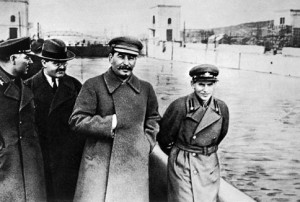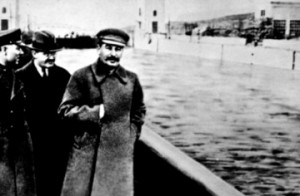There seems to be so much going on in my mind right now that I can’t quite put a coherent concept together. Little things keep bubbling up and taking charge. I’m trying to get the bubbles to coalesce, and I have with a little success, but I have a ways to go here. The structure of the upcoming semester is going to be nice to help channel some of these thoughts. I must admit, however, that I find this intellectual chaos in a way quite exhilarating.
One thing that keeps coming around is the concept of memory. If you watched the video from my last post (you did watch the video, did you not?), then you saw how some artists incorporate memory into their work. The events of last week regarding the NCAA’s sanctions against Penn State University (PSU) served to jolt my thinking about memory.
This jolt came when I read that PSU’s football program will be required to vacate all their victories going back to 1998. This has the effect of removing their former and now deceased head coach, Joe Paterno, from his position the record holder for career victories as a head coach for an NCAA football program. This action left me puzzled. I mean, I can understand the desire to strip Paterno of his achievement, but what purpose does rewriting history serve in regards to responding to the crimes committed by Jerry Sandusky (and quite possibly others at PSU)? I actually posed that question to several different outlets and got only 1 response, that being it was to send a message to everyone regarding coverups, etc. Given that the response I got was put forth by a journalist, I found it rather ironic, especially when one considers the larger narrative of memory’s role in the human experience.
Josef Stalin was famous for rewriting history as part of his hold on power in the former USSR. After a purge, Stalin would have those victims virtually removed from the official history. One famous tactic used in Stalin’s USSR was the doctoring of photographs. Those purged individuals would have their official photographs destroyed. In any candid shots, especially where they appeared with Stalin, they would be what we refer to today as “photoshopped” out of the official image, thereby erasing the event from the official history of the USSR.
One notable example is that of Nikolai Yezhov. Yezhov was the head of the NKVD (quite simply the public and secret police force) and was responsible for personally carrying out many of the executions ordered by Stalin. Following a typical pattern, Yezhov was denounced and executed on the orders of Stalin. His history was officially censored from official USSR records. The photo on the left is an original photo of Stalin and Yezhov, while on the right we see the doctored photo following Yezhov’s purge from the government (both images are in the Russian Public Domain).
Of course, this is but one example of many that can be found in the history of the USSR. This, however, is a little different from what is usually labelled as “historical revisionism.” What many call historical revisionism today is usually nothing more than placing a different emphasis on the same event in order to advance an agenda, usually politcal. An example of this is commonly found in regards to President George Washington. While many aspects of the Washington’s history are played up, such as his battlefield leadership and how he was less than desirous of political power, the fact that he was an aristocrat and a slave owner goes virtually unmentioned in some history texts. Many agenda-driven groups strive to downplay Washington’s military and political achievements and focus on his wealth and status as a slave owner in pre- and post-Revolution America.
On a more personal level, we often run into events (and often it will be just one single event) that cause us to re-evaluate the validity of our memories and will change our point-of-view on a given person or subject. I have even had this happen to me personally. Often times the one singular event will negate any perceived validity that previous memories held. This, in essence, rewrites our own personal history.
As an artist, when I’m faced with conflicting, yet valid, memories of something, I strive to find what is the more important within me. While many of the residents of my hometown see it as a nice, quiet place to live with good values, I don’t quite see it as such. Yes – the town is quiet and the landscape is something you might find in a decorative photograph. For me, however, there also exist memories of negative attitudes toward outsiders and even those within that were just plain different. While the latter takes precedence in my mind, I acknowledge both sets of memories as equally valid. For many, however, a single strong negative or a strong positive memory will often blind them to the opposite valid memories.
Finally, to the point – whether you agree or disagree with the rewriting of PSU football history by the NCAA, it is important to keep in mind the larger narrative of how memory manipulation has been used through history and the importance of truth in history. The memories we have control our future actions, and it is important that we go forward (both as individuals and a species) with all the valid memories contained within our conscience.
After reading these words, I am starting to see how this ties in with some aspects of semiotics. Isn’t it strange how sometimes the lines begin to blur when you scratch the surface? With this, I will leave you with a relic of my childhood, one that contains both negative and positive memories, all of which are valid. You can decide which one takes precedence when viewing this photo.
PS – This marks my 100th blog post. Pardon my narcissism, but I must say that this blog has come a long way from its original intent, which by no means is a bad thing.




Leave a Reply